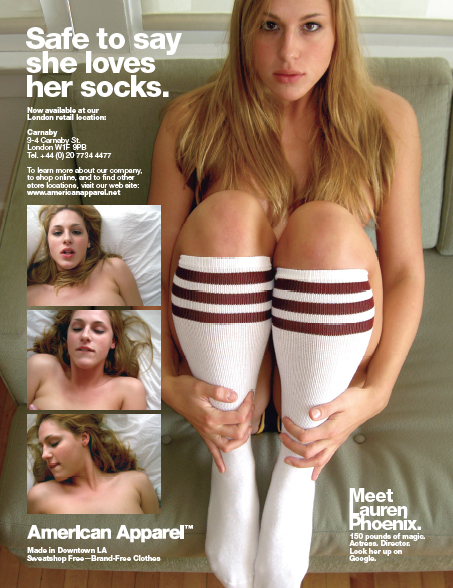Henry Jenkins (2006) defines media convergence well, “By convergence, I mean the flow of content across multiple media platforms, the cooperation between multiple media industries and the migratory behavior of media audiences who will go almost anywhere in search of the kinds of entertainment experiences they want.” The video below also gives a good description of media convergence.
Media convergence has made our lives easier. One excellent example of this is the smart phone. It is a phone, computer, camera, radio, music player, speaker, audio recorder, video camera, GPS and much more in one. Previously we would have required different products to achieve all of these things, but the media convergence into the smart phone has made it so this is all bundled into one. Many people’s lives revolve around their phones. I know that I spend a lot of my day on my phone for different reasons. Playing music in the car, chatting to friends, checking emails, doing banking, getting directions and making purchases. This one small device does the job of many others and it fits inside my hand.
The rise of media convergence has had a big effect on legacy media. One major effect is on that of print journalism. The fact that most people possess a phone with a camera and access to the internet means that they can report on events and upload images and videos seconds after it happens. Through platforms such as twitter, these ‘citizen journalists’ can report on news much quicker than journalists employed by legacy media outlets and many of these outlets are now choosing to use twitter updates and reports as their sources. This has led to many lost jobs in the print journalism industry, with Fairfax recently planning to cut 120 editorial jobs.
The television and film industry has also been effected by media convergence. The ability of users to now stream television shows and films has led to a reduction in viewership through traditional means of watching television and going to the cinema. This has led to the industries having to adapt and embrace these changes. Many channels now have a streaming ability, which allows the audience to watch the shows online at their own leisure. These legacy media industries will need to keep evolving to keep up with media convergence or risk being left behind.
Sources:
Henry Jenkins – http://henryjenkins.org/2006/06/welcome_to_convergence_culture.html
Media Convergence YouTube Video – https://www.youtube.com/watch?v=hCQmspwy4OY
Fairfax Jobs – http://www.abc.net.au/news/2016-03-17/fairfax-staff-strike-in-solidarity-over-job-cuts/7254372


